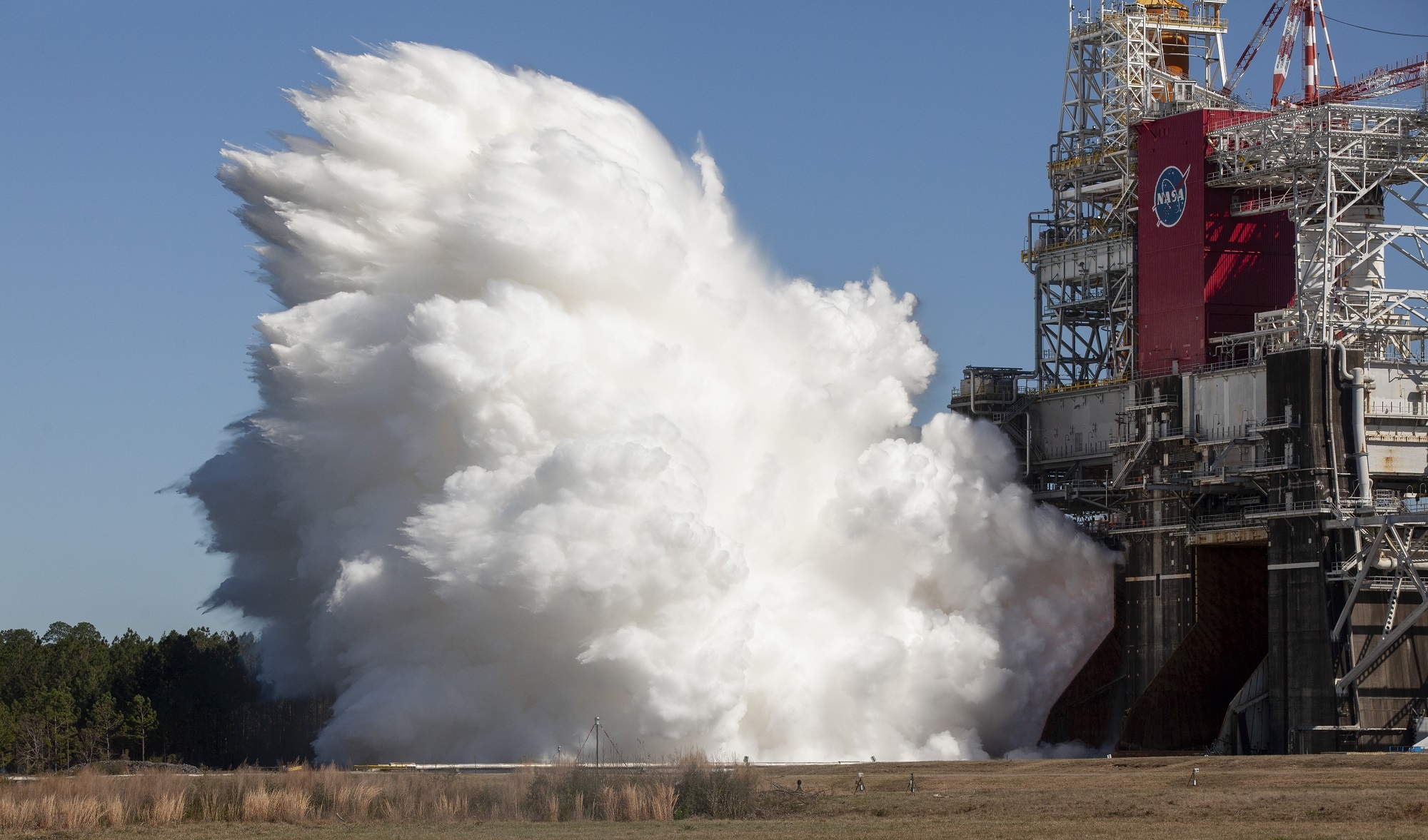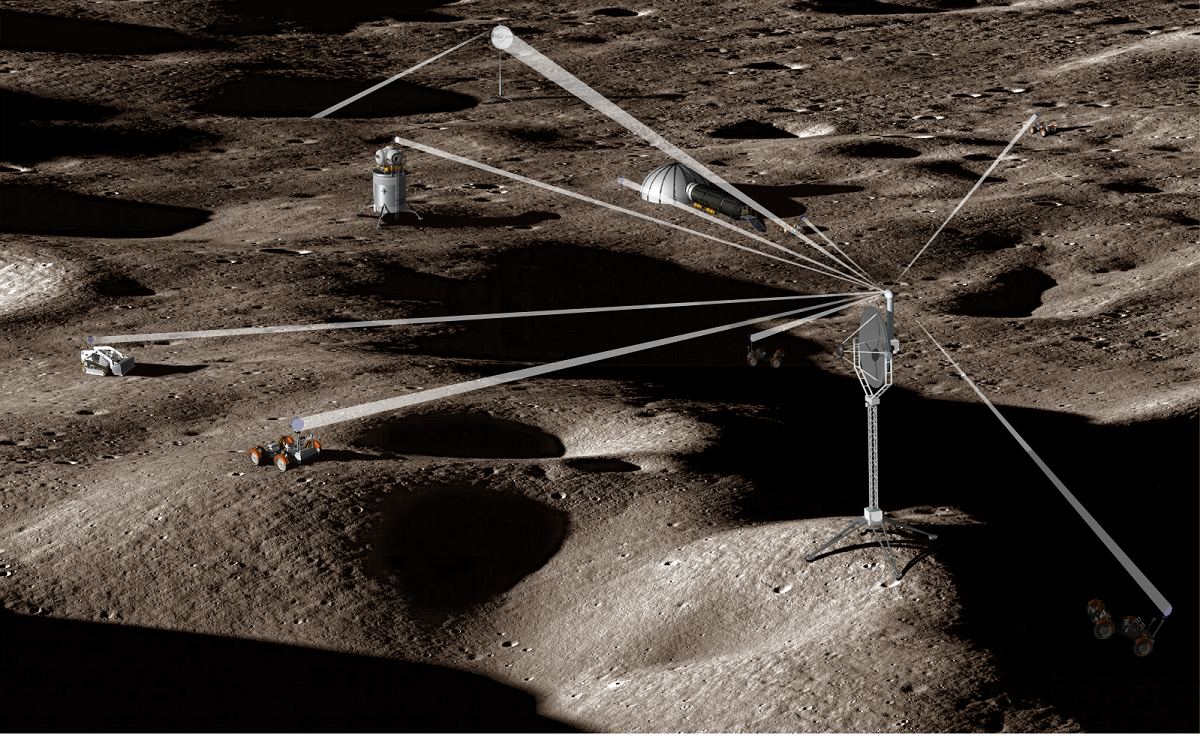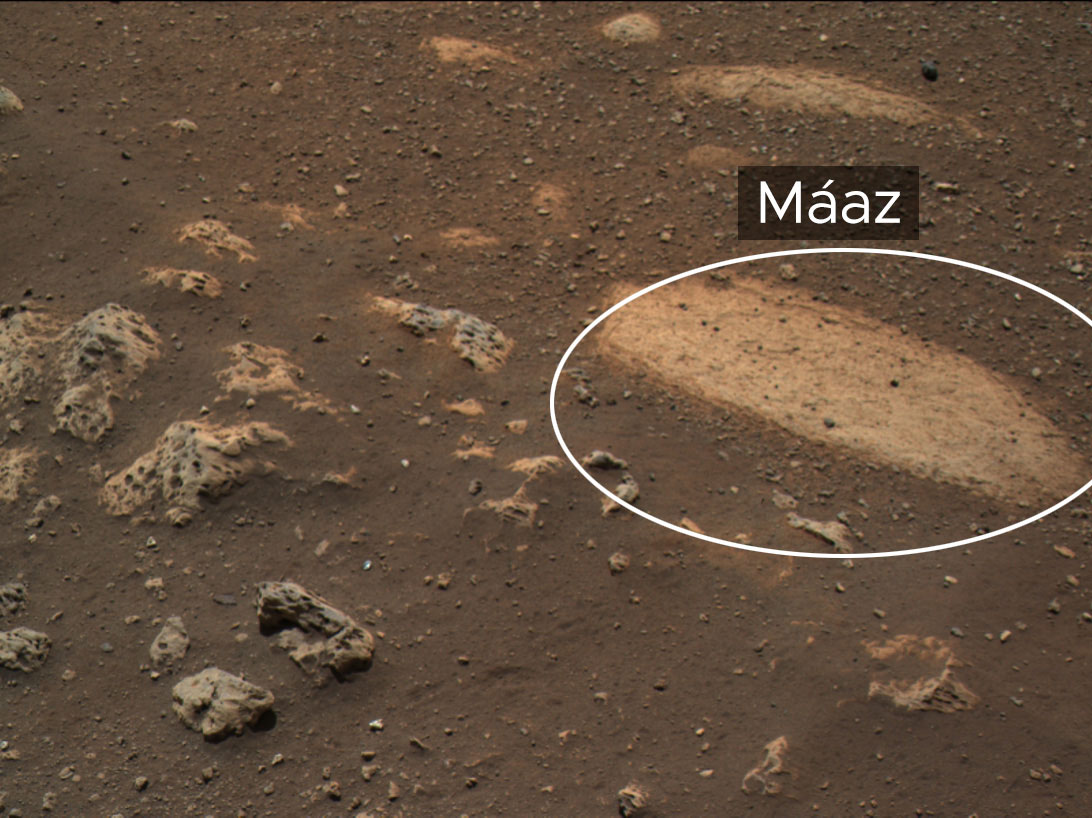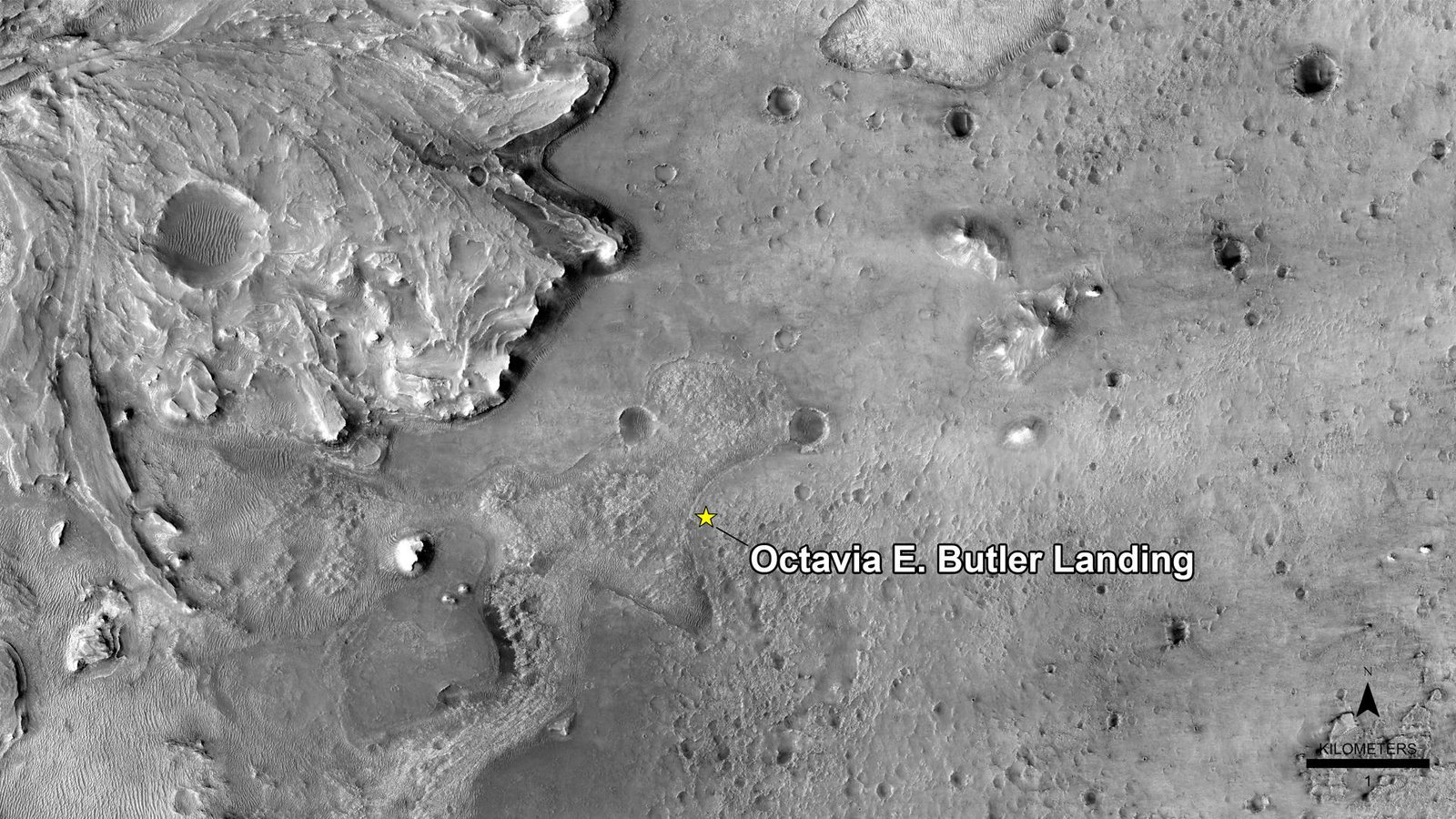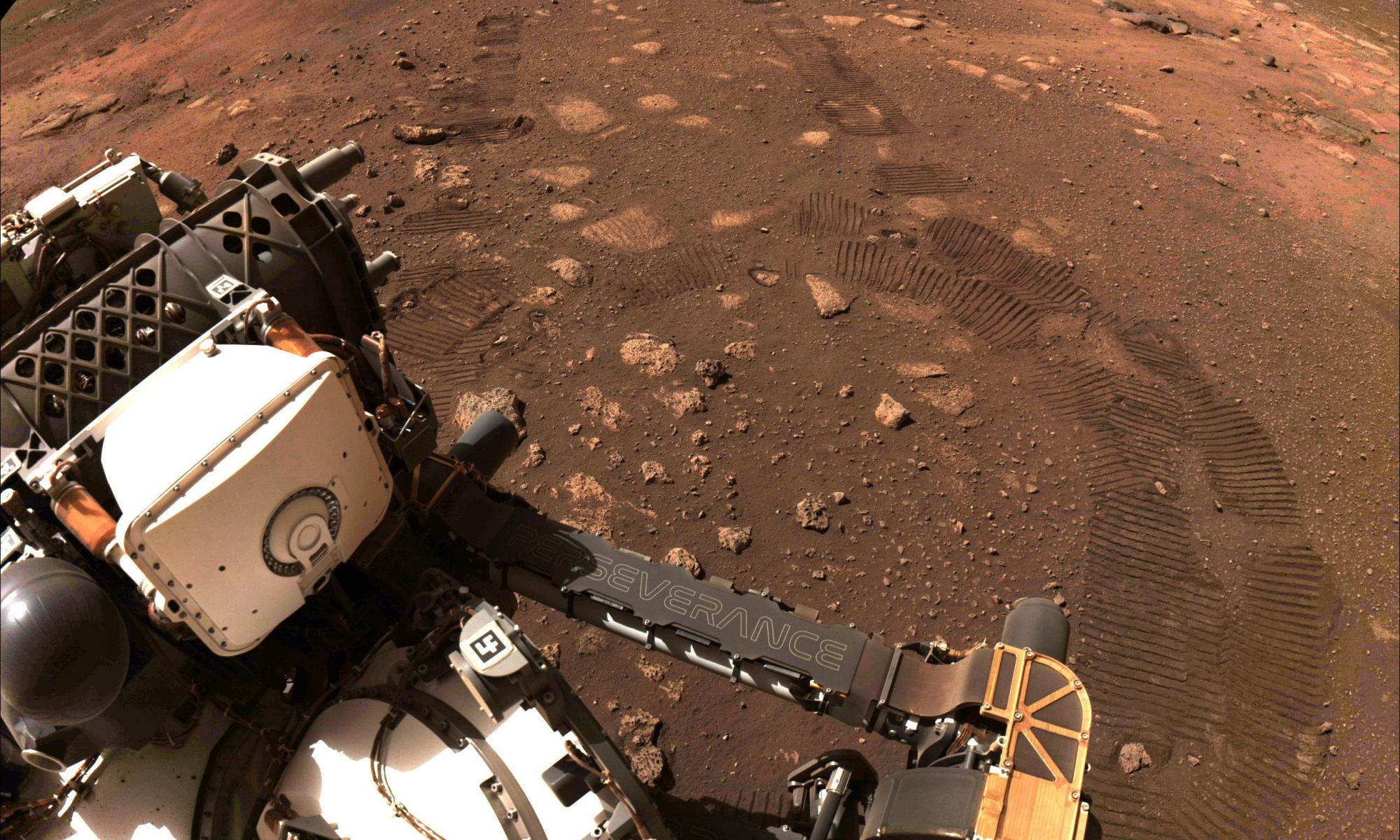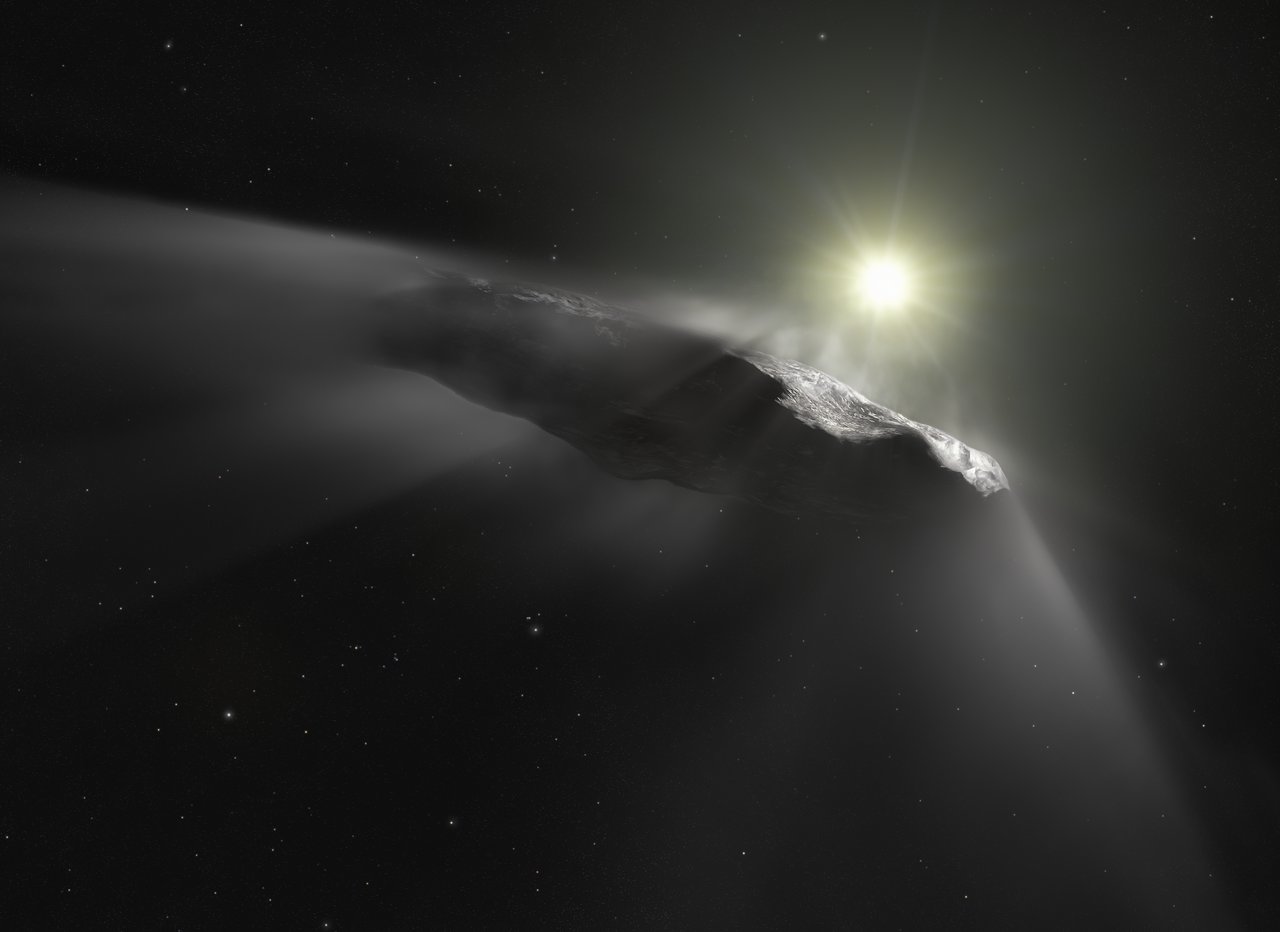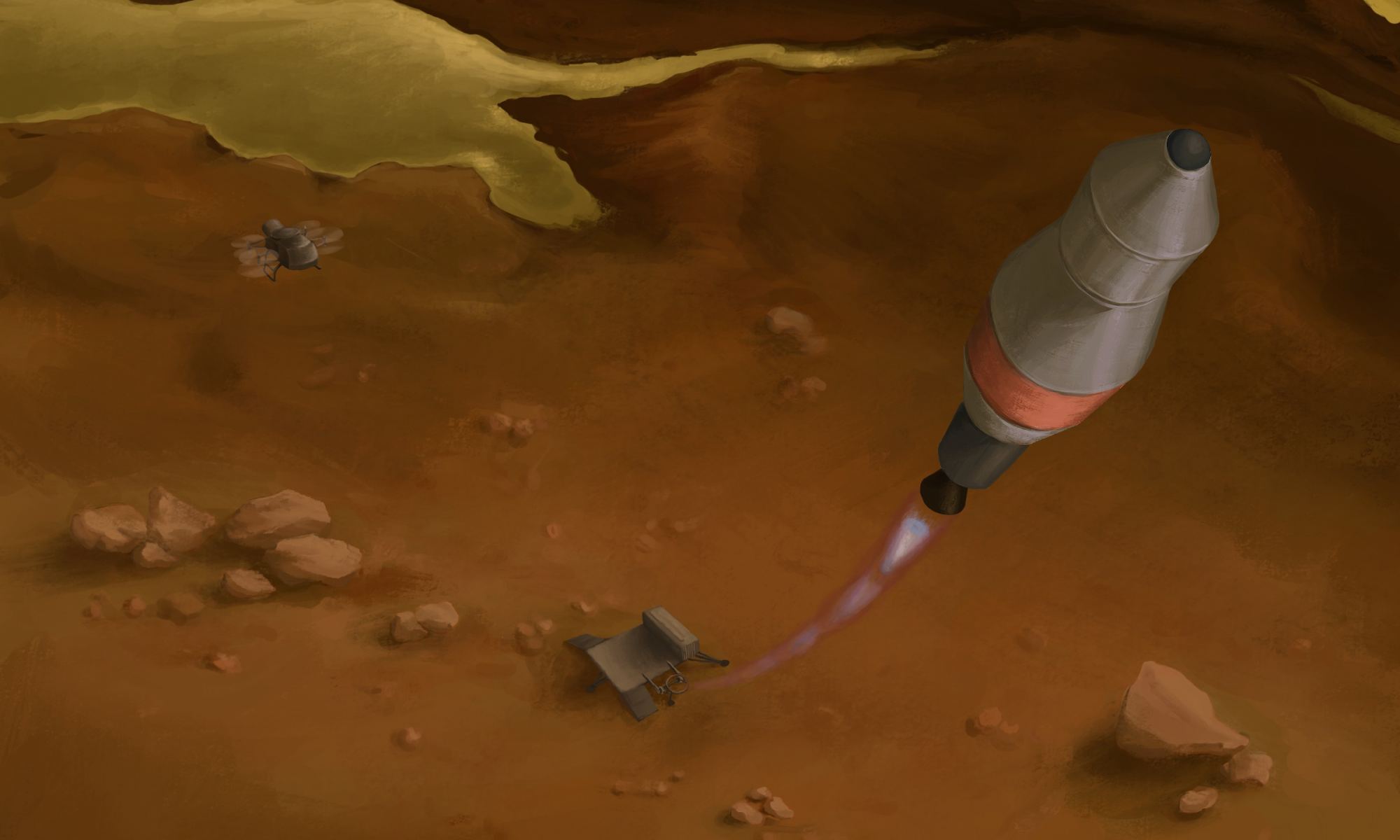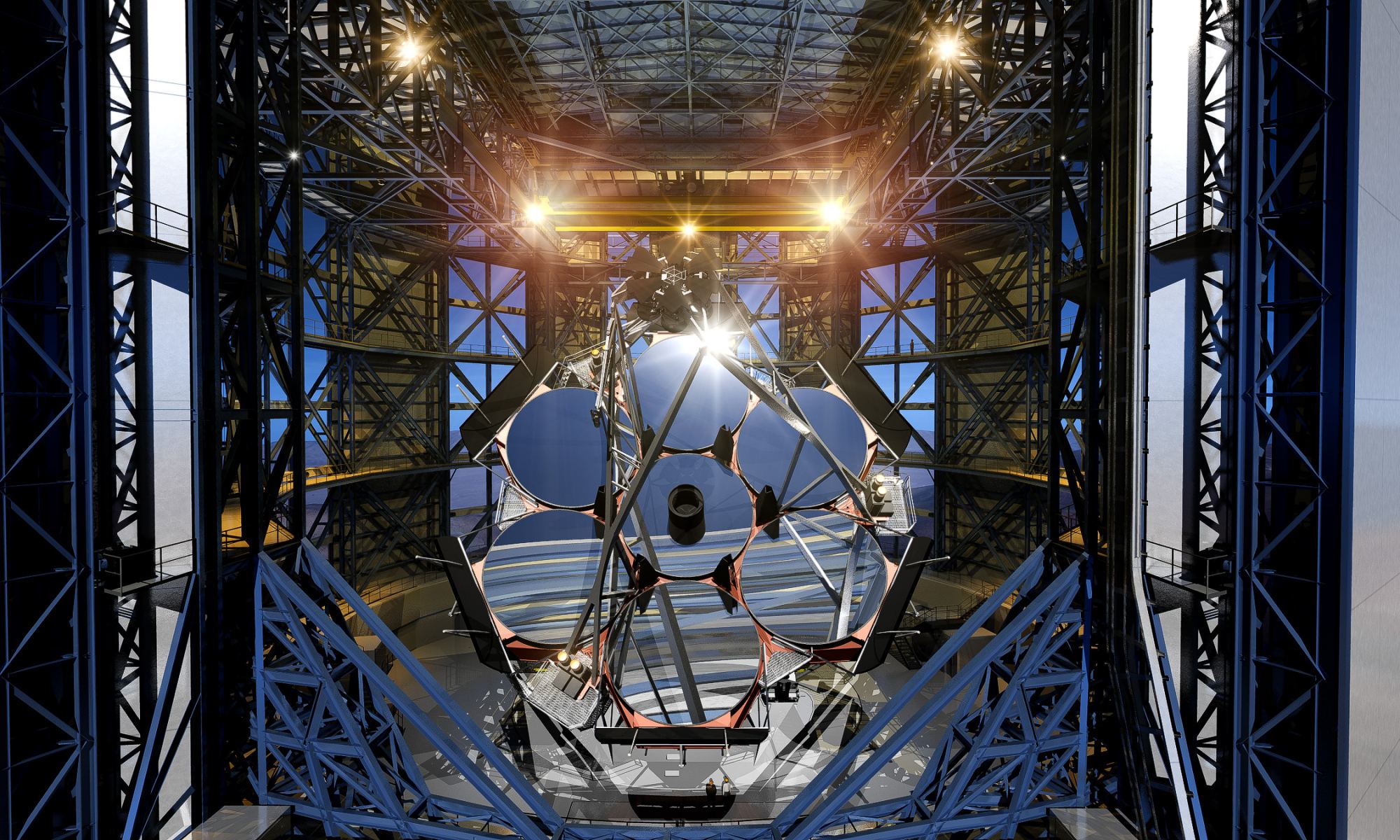When NASA’s Space Launch System (SLS) is fully integrated, assembled, and finished with testing, it will be the most powerful rocket since the Saturn V that carried the Apollo astronauts to the Moon. To get it there, NASA has been conducting a testing campaign known as the Green Run, an 8-step assessment that culminates in a test-firing of all four of the Core’s RS-25 engines (aka. a “Hot Fire” test).
On January 16th, NASA made its first attempt at a Green Run Hot Fire test at the Stennis Space Center’s B-2 Test Stand in Mississippi, which only lasted for about one minute. Another attempt was made on Thursday, March 18th, where all four engines fired for 8 minutes and 19 seconds. This successful fire test is a crucial milestone for the SLS and brings it one step closer to sending astronauts back to the Moon.
Continue reading “This Time NASA’s SLS Hotfire Goes the Full 8 Minutes”
